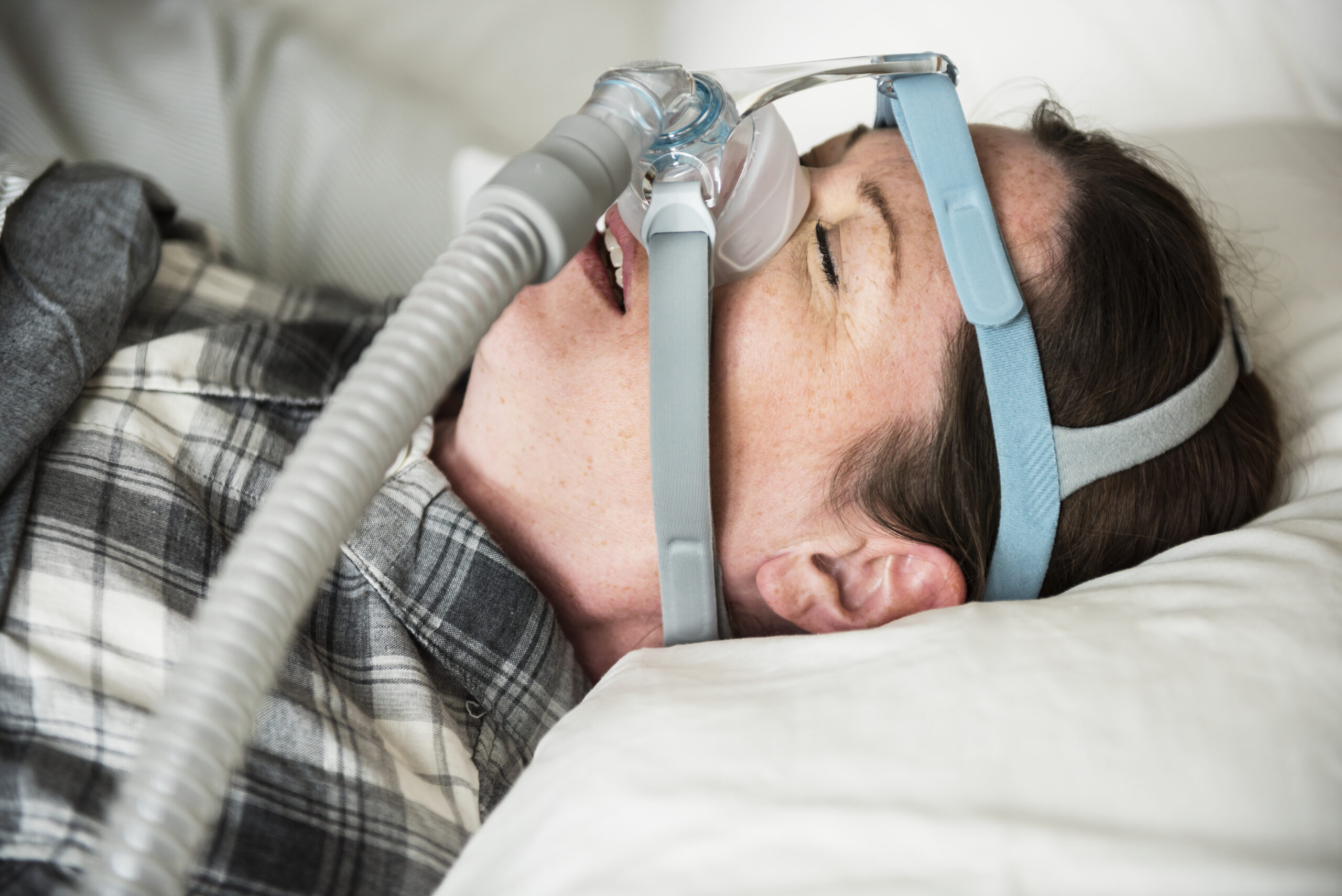


Do you often wake up feeling tired and groggy, even after getting a full night’s sleep? You might be suffering from sleep apnea. This common disorder affects millions of people worldwide and can lead to serious health problems if left untreated. But don’t worry – with the right long-term care, you can manage your sleep apnea symptoms and get the restful, rejuvenating sleep your body needs. In this article, we’ll explore what sleep apnea is, its different types, as well as some tips for taking care of it in the long run. So sit back, relax, and let’s dive into the world of better sleep!
What Is Sleep Apnea?
Sleep apnea is a sleep disorder that affects many people around the world. It occurs when a person’s breathing is interrupted while they sleep, causing them to wake up briefly and gasp for air. This can happen multiple times throughout the night, leading to poor quality of sleep and various health problems.
There are three types of sleep apnea: obstructive, central, and complex. Obstructive sleep apnea (OSA) is the most common type and occurs when there is an obstruction in the airway during sleep, such as the tongue or soft tissue blocking the back of the throat. Central sleep apnea (CSA) happens when there is a problem with how signals are sent from the brain to control breathing muscles. Complex sleep apnea syndrome (COMPAS) is a combination of both OSA and CSA.
Symptoms of sleep apnea include loud snoring, excessive daytime fatigue, morning headaches, irritability or depression, and difficulty concentrating or remembering things clearly.
If left untreated for long periods, sleep apnea can lead to serious health problems such as high blood pressure, disease, and heart attack.
So, it’s important to seek medical attention if you think you may have symptoms related to this condition.
Different Types Of Sleep Apnea
Sleep apnea is a sleep disorder that affects millions of people worldwide. There are three different types of sleep apnea, each with its unique characteristics and symptoms.
The first type is obstructive sleep apnea, which is the most common form. This occurs when the muscles in the back of the throat fail to keep the airway open during sleep, causing breathing to stop and start repeatedly throughout the night.
Central sleep apnea, on the other hand, is caused by a failure in communication between the brain and respiratory system. In this type of sleep apnea, breathing stops for brief periods due to a lack of effort on behalf of your body to inhale or exhale.
Complex or mixed sleep apnea is less common but presents symptoms from both obstructive and central forms. It’s diagnosed when someone has both conditions present simultaneously while undergoing tests or monitoring.
It’s important to understand what type you have as it can influence treatment recommendations provided by your doctor. Whether it be CPAP therapy or surgery options that could help solve specific issues depending on where they’re originating from
Tips For Long-Term Care
Proper long-term care is essential for managing sleep apnea and improving your quality of life. Here are some tips to help you stay on top of your condition:
- Keep track of symptoms: Make a habit of tracking your symptoms, such as snoring or excessive daytime fatigue. This information can be helpful for doctors when assessing the effectiveness of treatment.
- Follow recommended treatments: Be sure to follow any prescribed treatments, such as using a CPAP machine or losing weight if recommended by your doctor.
- Establish healthy sleep habits: Avoid alcohol and caffeine before bed, keep a consistent sleep schedule, and create a comfortable sleeping environment to promote better sleep.
- Maintain good overall health: Exercise regularly, eat well-balanced meals, and manage stress levels to improve overall health and reduce the risk of complications related to sleep apnea.
- Stay informed: Keep up-to-date with new research on treatment options for sleep apnea; there may be new solutions that could benefit you in the long run.
Remember that proper long-term care is important for effectively managing this condition and improving quality of life over time.
When To See A Doctor
If you suspect that you have sleep apnea, it is important to see a doctor. Sleep apnea can lead to serious health complications if left untreated.
One of the most common symptoms of sleep apnea is snoring. While occasional snoring may not be cause for concern, loud and ongoing snoring could be indicative of a more serious issue.
Other symptoms of sleep apnea include gasping or choking during sleep, fatigue or daytime tiredness, headaches in the morning, difficulty concentrating, and irritability.
If you are experiencing these symptoms or have been told by your partner that you stop breathing during sleep, it’s time to seek medical attention. Your doctor will likely conduct a physical exam and ask about your medical history before recommending further tests such as a sleep study.
A sleep study involves monitoring your breathing patterns while you sleep to diagnose any potential issues with breathing during the night. With proper diagnosis and treatment from a healthcare professional, individuals with sleep apnea can significantly improve their quality of life and reduce their risk for related health problems.
Bottom Line
Taking care of sleep apnea is not an easy task. It requires a lot of dedication and persistence, but the reward is worth it. With proper treatment and lifestyle changes, you can effectively manage your condition and improve your quality of life.
Remember to maintain a healthy weight, avoid alcohol and smoking, practice good sleep hygiene habits like sleeping on your side instead of your back, use a CPAP machine if prescribed by your doctor, and most importantly seek medical attention when needed.
By following these tips for long-term care, you will be able to successfully manage your sleep apnea symptoms for years to come. So take control of this condition today and get ready to experience better health!




